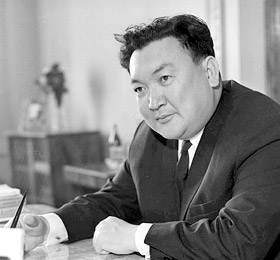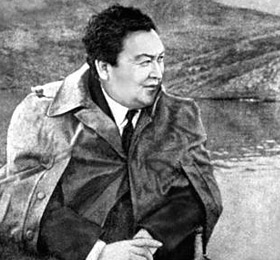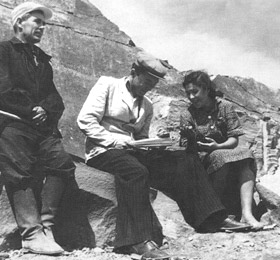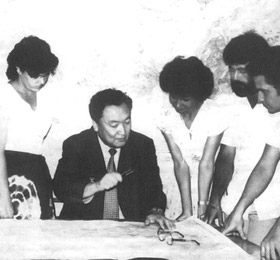Temirlan Shilikbay
Specialization: Biology. Internship: Cornell University, USA.
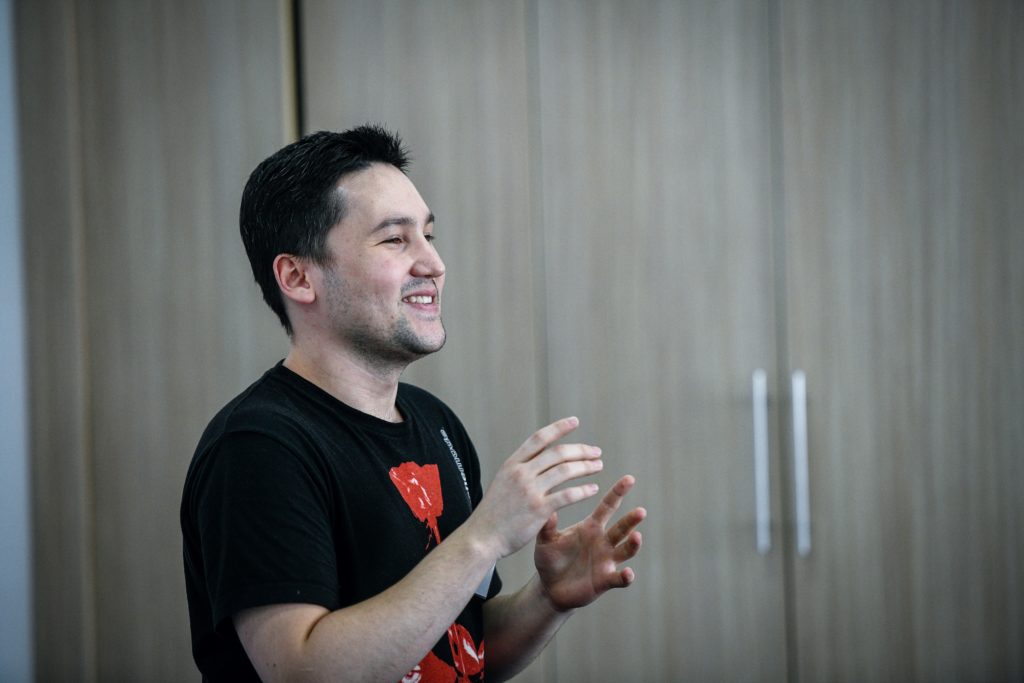 The 22-year-old Almaty resident, studying the programming language Python, also has time to keep up with the latest Netflix premiers, and keep up on his reading. He recently read “Do No Harm” by British neurosurgeon Henry Marsh, which he recommends to everyone. Temirlan chose to attend one of the Ivy League universities founded in the XIX century — Cornell, for the scientific training which his Yessenov Foundation grant enable him to pursue. Now the future biologist has gone to Ithaca (state of New York) to study the stem cells of mice.
The 22-year-old Almaty resident, studying the programming language Python, also has time to keep up with the latest Netflix premiers, and keep up on his reading. He recently read “Do No Harm” by British neurosurgeon Henry Marsh, which he recommends to everyone. Temirlan chose to attend one of the Ivy League universities founded in the XIX century — Cornell, for the scientific training which his Yessenov Foundation grant enable him to pursue. Now the future biologist has gone to Ithaca (state of New York) to study the stem cells of mice.
What was difficult for you in the Foundation’s grand competition?
The most difficult thing was coping with nerves – the rules and requirements of the competition are quite simple, but because of this you do not know how you will be evaluated, what to expect and so before the announcement of the results I was on tenterhooks.
You are a biologist, but went on an internship at the College of Veterinary Medicine. What did you do there?
When I was looking for a laboratory, I looked only at the University and did not pay attention to a particular department – the main thing that it was interesting to me was the topic of research, whether studied in a veterinary laboratory or not didn’t matter to me. When I arrived at the laboratory itself, the staff told me that the system of division into departments of Biology here is very flexible. You can be registered in the Department of Molecular Biology, and work in the Veterinary College. And Yes — our study was conducted on mice, so the location of the laboratory in the Veterinary College was for a reason.
Temir, could you please tell us more about your research during the internship?
In the summer of 2018, I became an Intern at Alexander Nikitin’s laboratory. Nikitin is the Director of stem cell research at Cornell, and I was incredibly glad he accepted me. The internship was based on the results of the research of Tudorita Tumbar‘s friendly laboratory. Dr. Tumbar investigates the stem cells of the hair follicles of mice, and one of her discoveries was genes that can be used as labels for different lines of stem cells. I had to determine if these genes could also be stem cell labels in the reproductive and digestive system. To put it simply: I examined the organs of genetically modified mice under a fluorescent microscope. The microscope is not simple: it can be used to see only the cells needed for the study. After some time in the laboratory, I learned that my supervisor is engaged in the study of organoids. These are the same cells, but they grow so that they become more like a real organ. I was very interested in working with organoids, and I asked to go on this project, too.
What has been achieved and what practical benefits will the study bring?
Such projects are not over in three months (the length of my internship), they go for years. Accordingly, it is difficult to answer your question. However, I found some very interesting details that will definitely help the Nikitin group in the ongoing study. Both in the first and in the second project. We have also proven that organoids can be used for stem cell research, which can greatly reduce the amount of mice used in research.
What did you see in the States besides the lab?
I’ve been to the Niagara Falls, and several times went to New York city, and I’ve been up and down Ithaca, where Cornell University is – it’s the nicest town.
What’s next Temirlan?
I graduated with a bachelor’s degree, and now, as planned, entered the doctoral program at the University of Illinois at Urbana-Champaign. To be honest, I do not know what exactly I want to do in my Ph.D. At University, I really enjoyed researching proteins that are involved in DNA repair, at Cornell University it was interesting to study stem cells, and recently I became interested in 3D protein structure. But one thing I know for sure – I will definitely get a doctorate in Biology.
13.08.19, Stories
Seen by: 118

